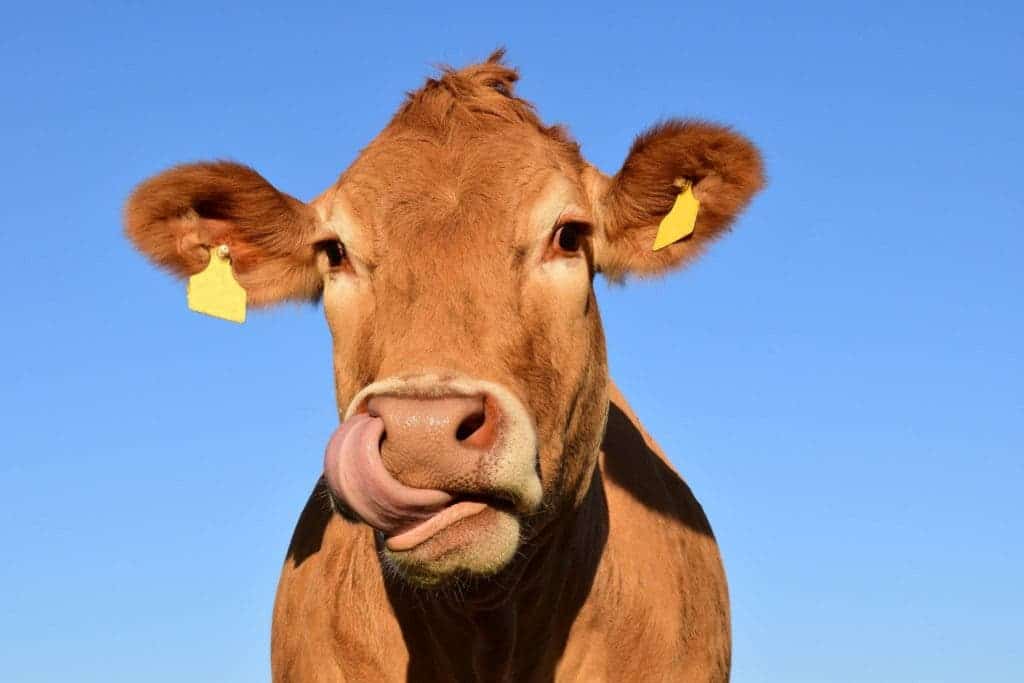Producing dairy today is cleaner than it was 50 years ago, a study finds.

Each liter of California milk requires less land, water, and releases fewer emissions than in 1964 to produce, reports a new study from the University of California, Davis. The study takes into account inputs as producing feed for the animals, the animals themselves, as well as the machinery and transportation needed to produce milk.
California is the top dairy-producing state, and milk production is the third-largest agricultural industry in the US.
Udder progress
“We compared 1964 through 2014 and found a 50 percent reduction in greenhouse gases to produce the same quantity and quality of milk,” said senior author Ermias Kebreab, professor and Sesnon Endowed Chair in the Department of Animal Science at UC Davis. “The magnitude of change is surprising.”
A life cycle environmental assessment of California cows, from the time they’re born until they leave the farm, suggests that modern agricultural advancements really do help slash emissions and the environmental footprint of our food. The study included an analysis of inputs such as the feed, machinery, and transportation required to produce milk. The figures were then compared to their equivalents from 1964.
The largest cut to methane emissions seen in the study came from a decline in enteric methane — basically, cow belches. Reductions in emissions from manure were also recorded, but they were less dramatic than enteric ones.
“Reductions in enteric methane intensity (i.e., methane emissions per gallon of milk) are primarily a result of better genetics and breeding and better nutrition for the animals,” said Kebreab.
Overall, water use in the industry overall dropped by 88% compared to 1964 levels, the team explains, primarily through more efficient water use in feed crops and the use of by-products such as almond hulls for feed. Water use in housing and milking also dropped by 55%. Land use per liter of milk has also decreased, mostly through the introduction of better crops and agricultural practices.
While per liter efficiency has definitely increased, total greenhouse gas emissions from cows in California has increased, as more animals are being reared today. The team notes, though, that a cow in the 1960s could produce about 4,850 kilograms of milk per year, while one today can produce over 10,000 kg annually.
“There is a lot of discussion about how cows have a huge environmental footprint, but no one is talking about how the dairy industry has changed,” said Kebreab. “Dairy farmers are doing a lot to help reduce the industry’s environmental footprint.”
On the one hand, I definitely find the results encouraging, and I applaud the farmers that are doing their part to clean up the industry. But at the end of the day, there’s only so much they can clean. In the context of climate change, the most effective choice is simply to not breed any more cows. But I do love cheese, and I’m quite a fan of meat, so I secretly hope that we’ll be able to still put these on the table and safeguard the health of ecosystems around the world. In a previous study, Kebreab found that feeding dairy cows a small amount of Asparagopsis armata seaweed along with their feed, reduced methane emissions by up to 60% — so maybe there is still hope.
The paper “Greenhouse gas, water, and land footprint per unit of production of the California dairy industry over 50 years” has been published in the Journal of Dairy Science.









